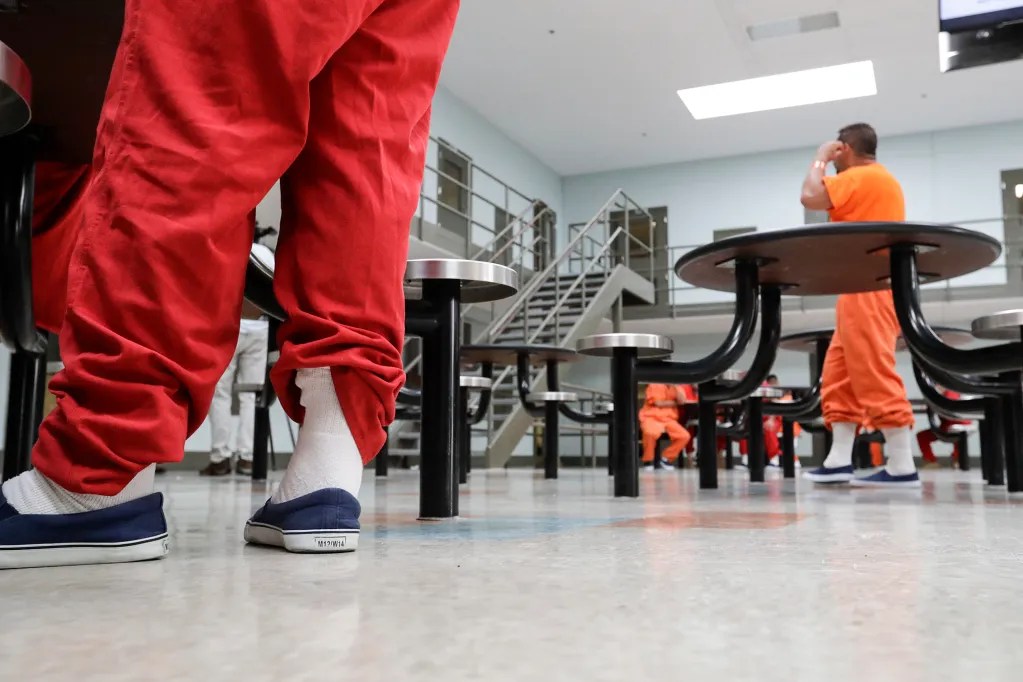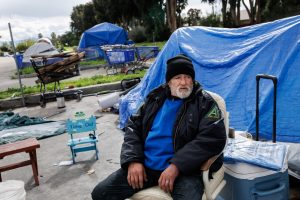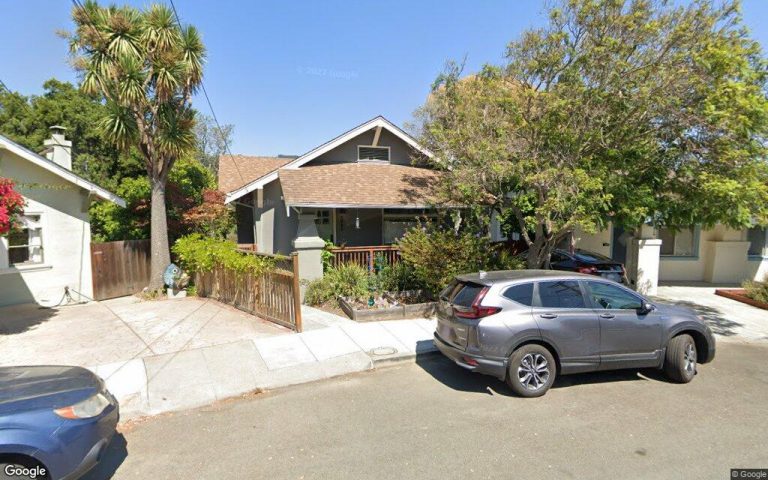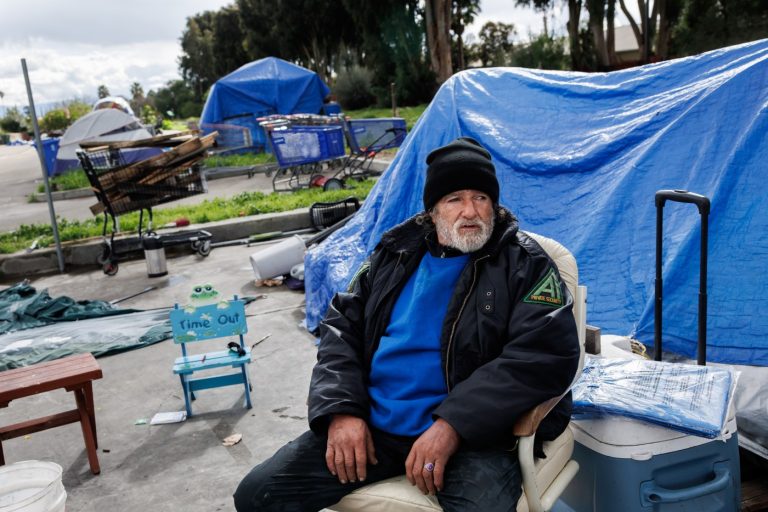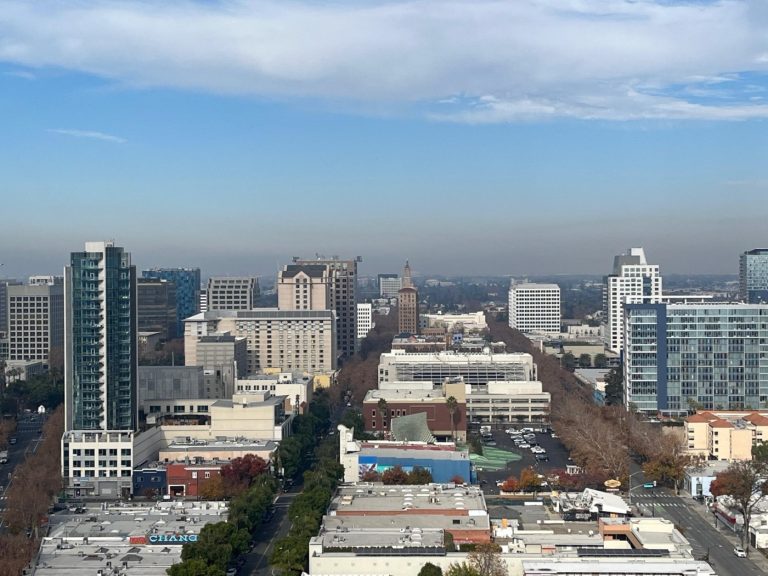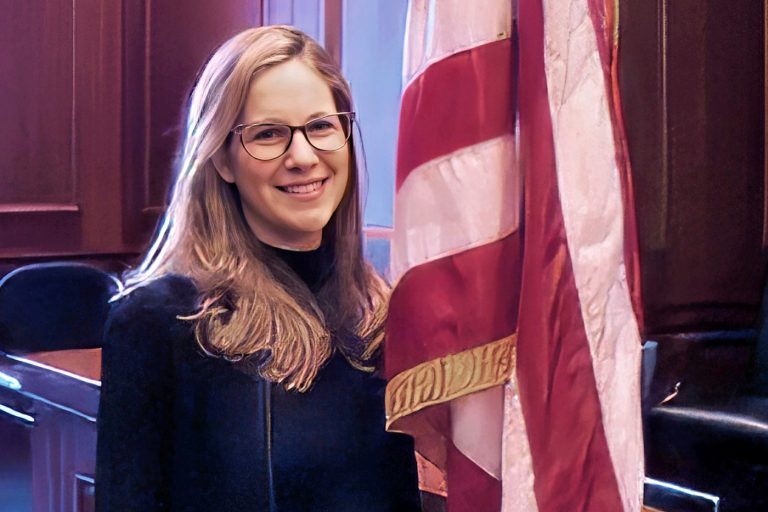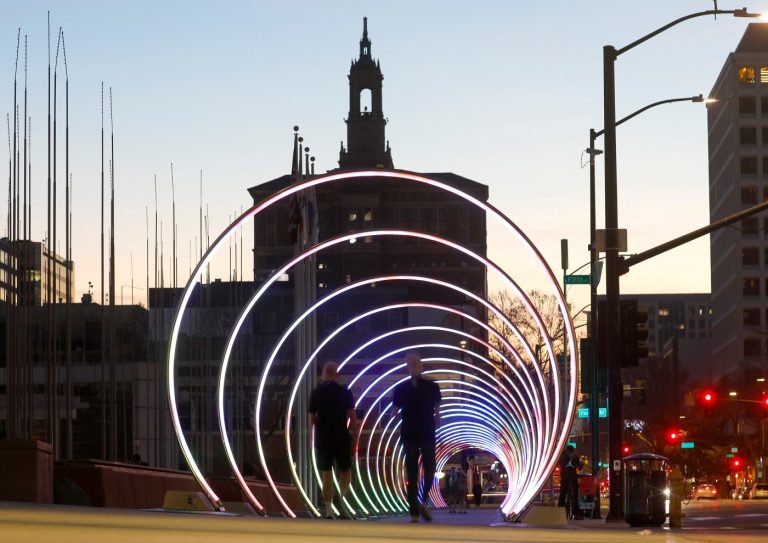By Wendy Fry | CalMatters
Federal immigration authorities are looking for a potential new detention center in Northern California, an effort that alarms advocates and some Democratic state lawmakers as President-elect Donald Trump gears up to unleash his mass deportation plan.
In August, U.S. Immigration and Customs Enforcement (ICE) issued a request for information to identify additional detention bed space in the state as other federal agencies intensified border enforcement. The effort began in the wake of the Biden administration’s sweeping asylum ban, implemented in June, for migrants caught crossing the U.S.-Mexico border outside designated entry points. Under the ban, border agents can deport such migrants within hours or days without considering their asylum claims.
RELATED: Federal closure of scandal-plagued FCI Dublin women’s prison will be permanent
Advocates say an expansion of detention space would give Trump a runway to carry out more mass deportations in California. Immigrants in counties with more detention space are more likely to be arrested and detained, according to research by advocacy groups.
Unlike in Texas, where state officials are offering up land to the Trump administration to facilitate mass deportations, California tried to ban new federal immigrant detention centers from opening during the first Trump administration. The court blocked that, ruling that the state was unconstitutionally overstepping on federal immigration enforcement.
California Attorney General Rob Bonta told CalMatters that the state may be powerless to stop the possibility of a new facility.
ICE’s expansion plans
Federal documents show ICE issued the request for information on Aug. 14. Such requests can pave the way for federal contracts, in this case to obtain “available detention facilities for single adult populations (male and female)” in Arizona, New Mexico, Washington, Oregon, and California. Its request says the facilities should each have from 850 to 950 detention beds and “may be publicly or privately owned and publicly or privately operated.”
One of the facilities should be within a two-hour drive of the San Francisco field office, the documents state. The request also seeks facilities near field offices in Phoenix, El Paso, and Seattle.
“ICE has identified a need for immigration detention services within the Western U.S. area of responsibility,” ICE spokesman Richard Beam wrote in an email to CalMatters. “The proposed services are part of ICE’s effort to continually review its detention requirements and explore options that will afford ICE the operational flexibility needed to house the full range of detainees in the agency’s custody.”
Currently, ICE detains roughly 38,000 people every day in about 120 immigration jails across the country. In California, that number is just under 3,000 detainees each day, held in six facilities, according to the most recently available immigration data maintained by the Transactional Records Access Clearinghouse at Syracuse University.
That’s the third-largest population of detained immigrants in the country.
RELATED: Trump’s mass deportation threats in his first term fizzled. Here’s how they may play out this time.
Related Articles
From Patty Hearst to Lori Loughlin: Dublin FCI’s most famous female prisoners
Federal closure of scandal-plagued FCI Dublin women’s prison will be permanent
Alameda County sheriff claims DA Pamela Price plans to file criminal charges against seven jail deputies
Dublin prison sexual abuse survivors, including victim of prison chaplain, speak about feeling “helpless”
Resentencing effort works with California DAs to reunite incarcerated mothers with their families sooner
While ICE, the federal agency responsible for immigration enforcement, owns and operates a very small number of facilities nationwide, it mostly contracts with private prison operators such as CoreCivic, GEO Group, and Management and Training Corp. Their detention facilities house 80% of ICE’s detainees. Stock for CoreCivic and GEO Group soared upon Trump’s win last month.
In California, private, for-profit prison companies run all six ICE detention facilities – the Golden State Annex and Mesa Verde detention facilities in Kern County; the Adelanto Detention Facility and Desert View Annex, both in San Bernardino County; the Otay Mesa Detention Center in San Diego County; and the Imperial Regional Detention Facility in Imperial County.
Across all six, the federal government has the capacity to detain up to 7,188 people statewide.
State Sen. María Elena Durazo, a Democrat from Los Angeles, said she was concerned about the potential economic impacts of ICE having an increased capacity for detention and, therefore, deportations.
“The expansion of detention in California concerns everyone in our state. Expanding detention correlates with increased ICE raids and family separation, all of which has devastating social and economic impacts for California,” she said. “In addition, these facilities are run by private for-profit companies that consistently place their bottom-line profit above the health and safety of those who work in or are detained in these facilities.”
RELATED: Gov. Newsom announces new plans for National Guard at California-Mexico border
Advocates argue that detention expansions lead to human rights abuses and undermine community safety.
“An expansion of ICE detention operations within the Bay Area and Northern California is going to be part of a reign of terror on our communities the Trump administration is threatening,” said Bree Bernwanger, a senior staff attorney on the Immigrants’ Rights team at the American Civil Liberties Union of Northern California. “We already know from existing facilities within California that ICE does not and cannot maintain safe and or healthy standards of confinement for people inside.”
The ACLU is suing to learn more about the federal agency’s expanded detention plans.
Bernwanger was referring to issues like complaints of sexually abusive patdowns. Also, in 2023, ICE allegedly retaliated against hunger strikers by storming into their cells, violently dragging them, threatening them with forced feedings, and then providing food that was not appropriate for breaking a 21-day fast, prompting a medical condition in at least one inmate, according to a claim filed by the inmate, who was represented by two advocacy groups.
In August, the civil liberties organization released a 34-page report detailing 485 grievances filed by detainees across six immigration detention facilities in California between 2023 and June 2024. Those grievances included allegations of hazardous facilities, inhumane treatment, medical neglect, and retaliation.
ICE declined to comment on the report.
California failed to ban for-profit federal detention centers
In December 2019, California passed a law that would have banned private immigration detention centers. It was part of a wave of resistance by California Democrats to the first Trump administration. It also prohibited the state from using for-profit prisons for any inmates starting in 2028. The for-profit facilities “contribute to over-incarceration” and “do not reflect our values,” Gov. Gavin Newsom said in a statement when signing the bill.
Days before the law was set to go into effect, ICE signed new contracts for its facilities in California. The federal 9th Circuit Court of Appeals later overturned the state’s ban on private prisons.
Bonta, who wrote the unsuccessful ban as an Oakland assemblymember, told CalMatters in November that the state might not be able to stop ICE from opening another detention facility outside of San Francisco.
“It’s a matter of federal jurisdiction,” Bonta said. “It’s federal. I disagree, but my office’s disagreement was considered, and the court determined that it was a federal issue.”
